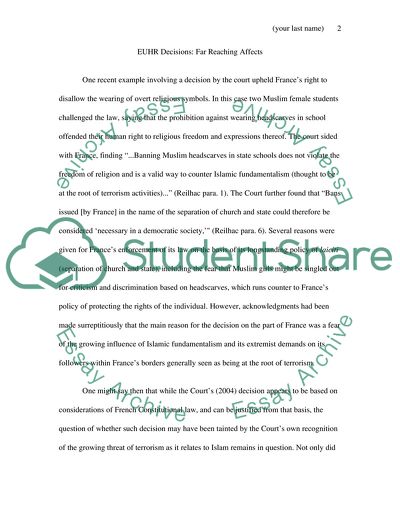Cite this document
(Has the ECHR Struck a Balance in Dealing with International Terrorism Research Paper, n.d.)
Has the ECHR Struck a Balance in Dealing with International Terrorism Research Paper. Retrieved from https://studentshare.org/law/1731932-when-considering-anti-terrorism-measures-the-european-court-of-human-rights-has-struck-an-appropriate-balance-between-human-rights-and-security
Has the ECHR Struck a Balance in Dealing with International Terrorism Research Paper. Retrieved from https://studentshare.org/law/1731932-when-considering-anti-terrorism-measures-the-european-court-of-human-rights-has-struck-an-appropriate-balance-between-human-rights-and-security
(Has the ECHR Struck a Balance in Dealing With International Terrorism Research Paper)
Has the ECHR Struck a Balance in Dealing With International Terrorism Research Paper. https://studentshare.org/law/1731932-when-considering-anti-terrorism-measures-the-european-court-of-human-rights-has-struck-an-appropriate-balance-between-human-rights-and-security.
Has the ECHR Struck a Balance in Dealing With International Terrorism Research Paper. https://studentshare.org/law/1731932-when-considering-anti-terrorism-measures-the-european-court-of-human-rights-has-struck-an-appropriate-balance-between-human-rights-and-security.
“Has the ECHR Struck a Balance in Dealing With International Terrorism Research Paper”, n.d. https://studentshare.org/law/1731932-when-considering-anti-terrorism-measures-the-european-court-of-human-rights-has-struck-an-appropriate-balance-between-human-rights-and-security.


